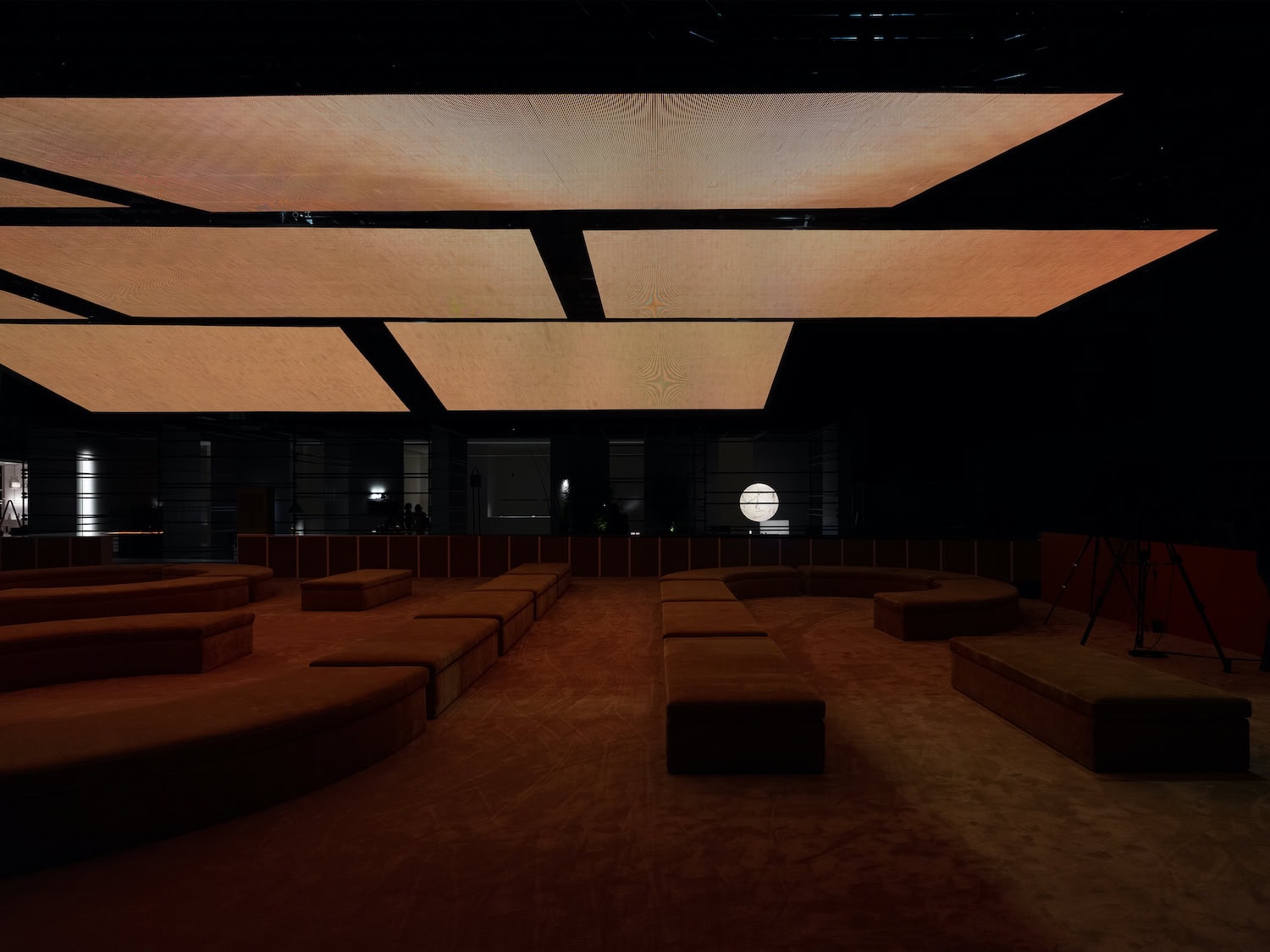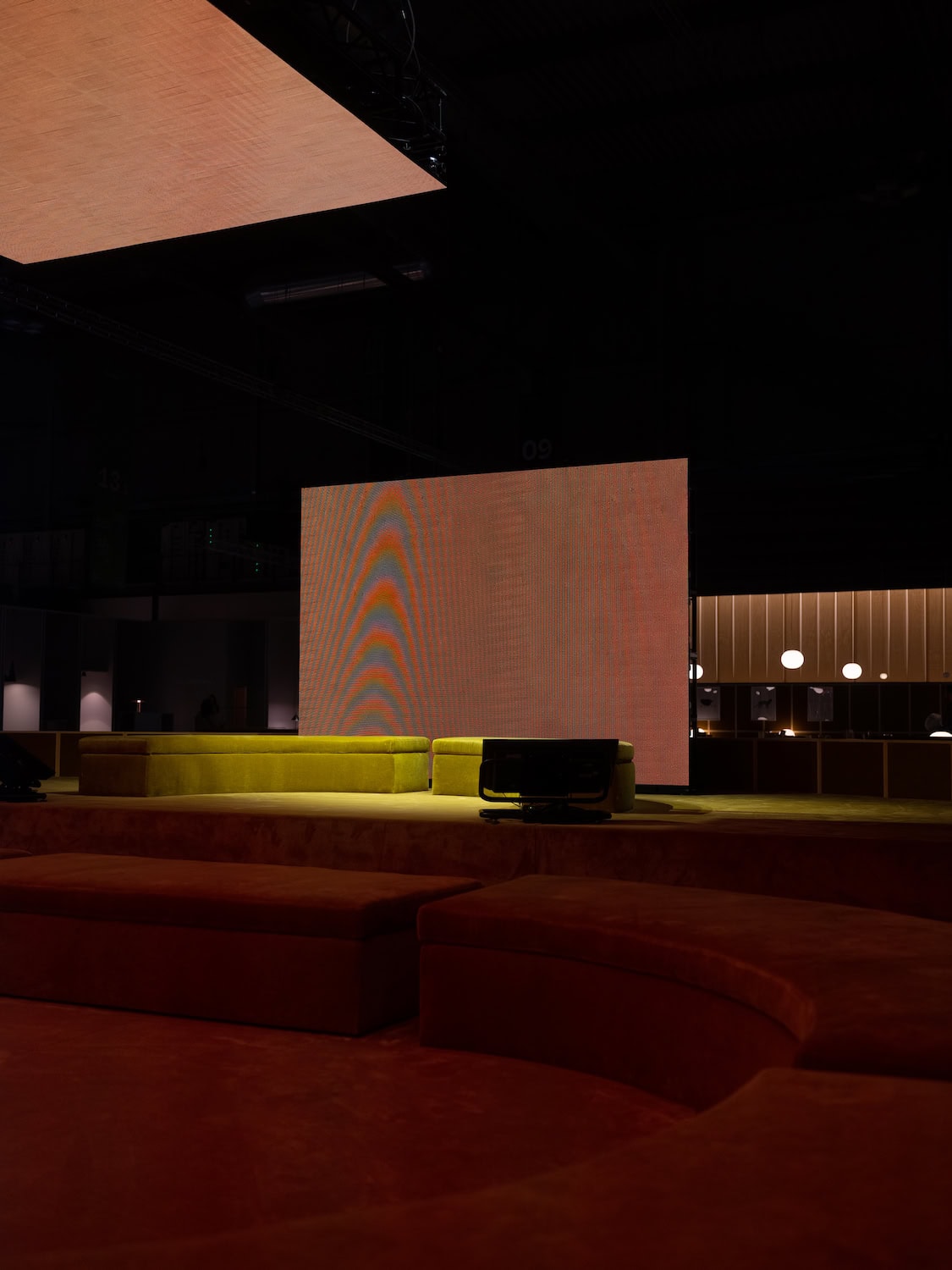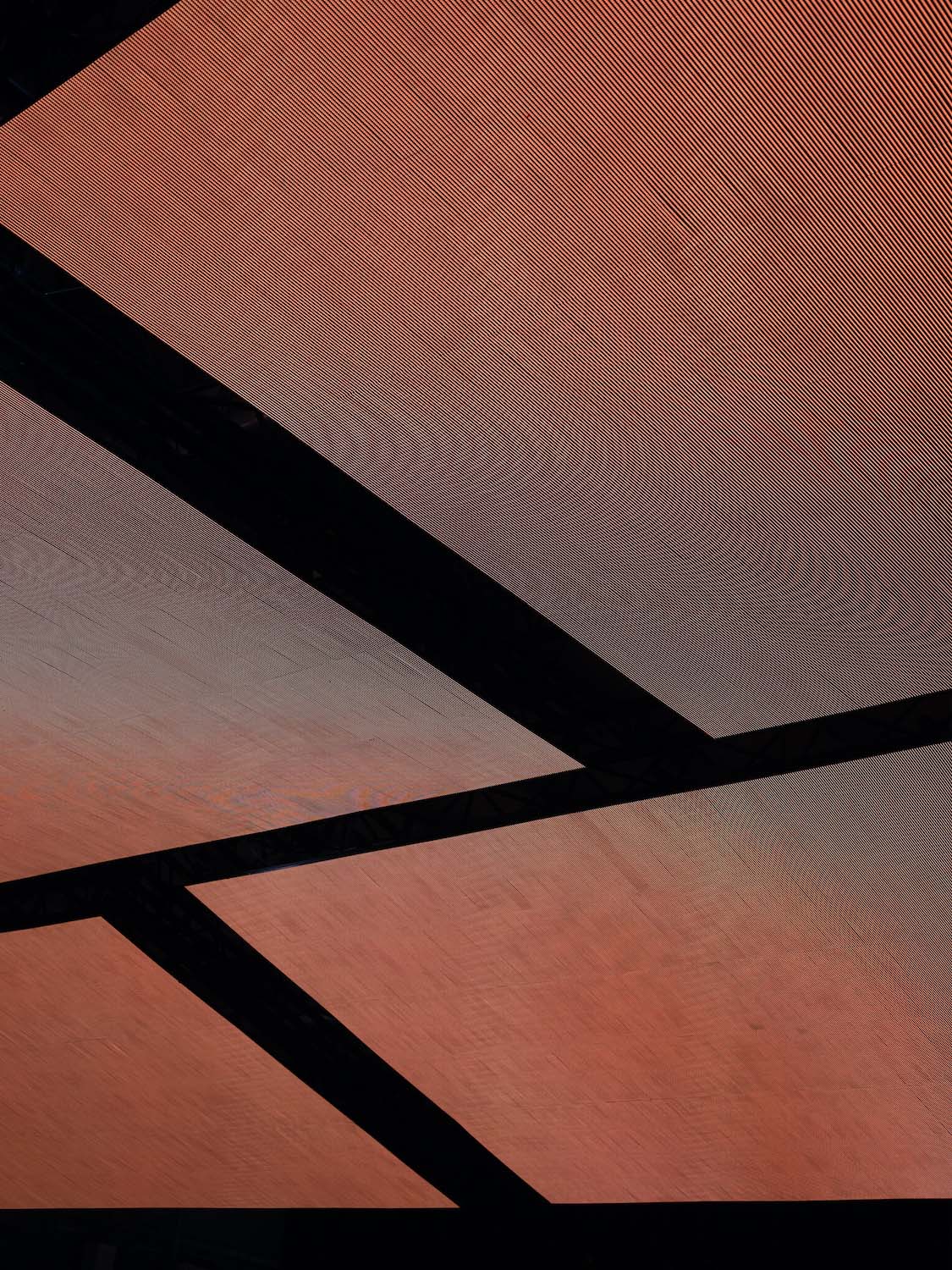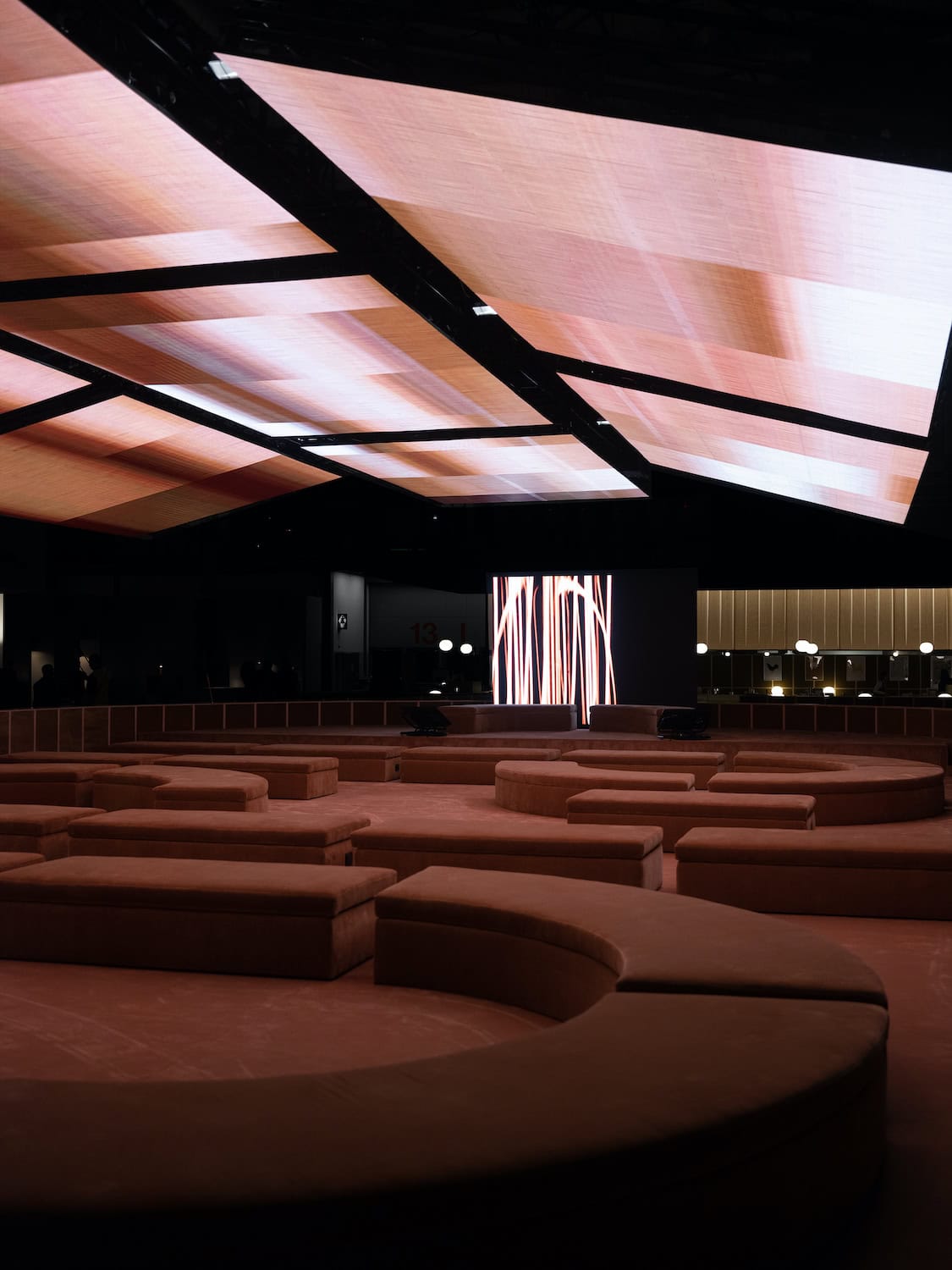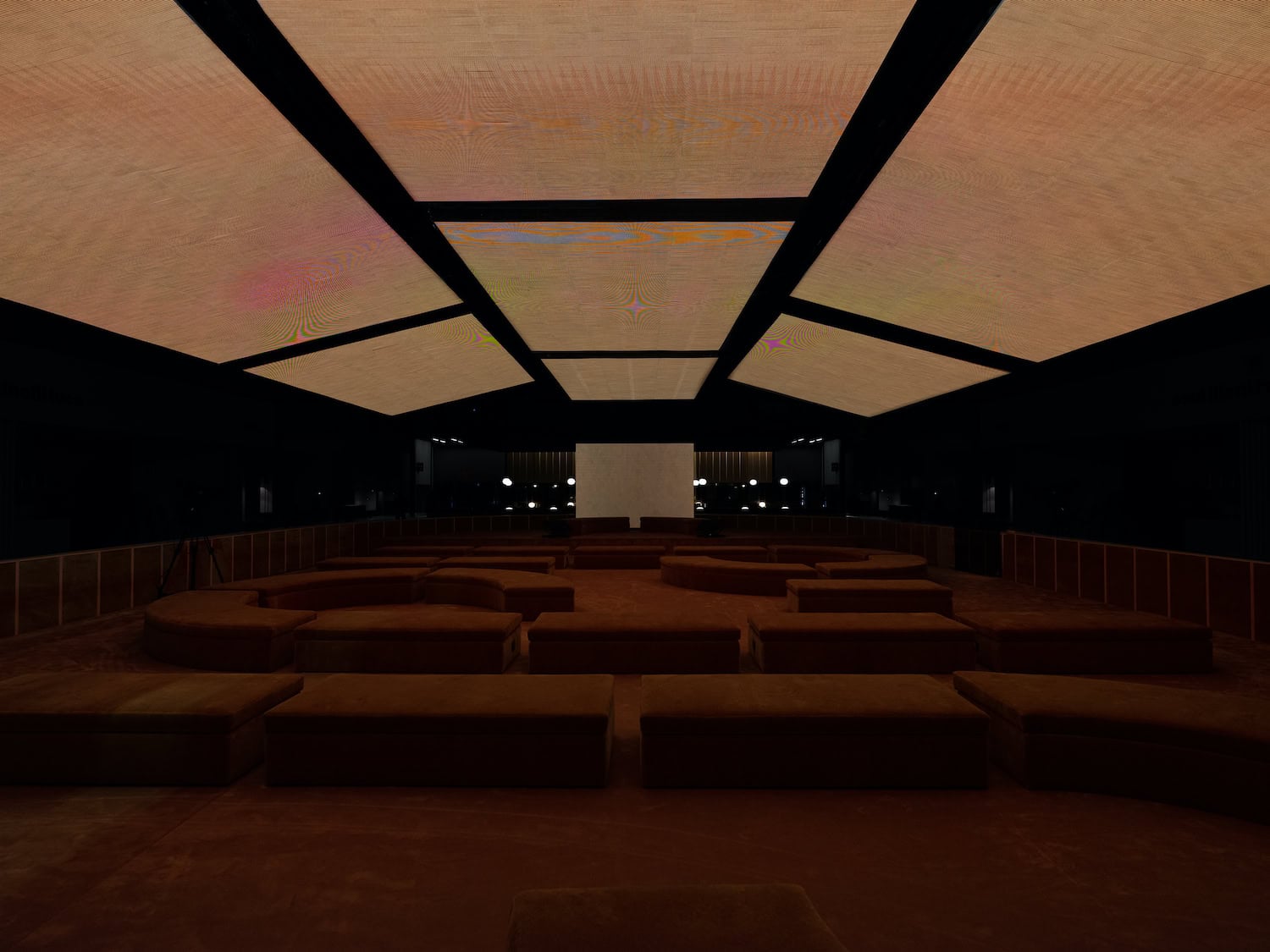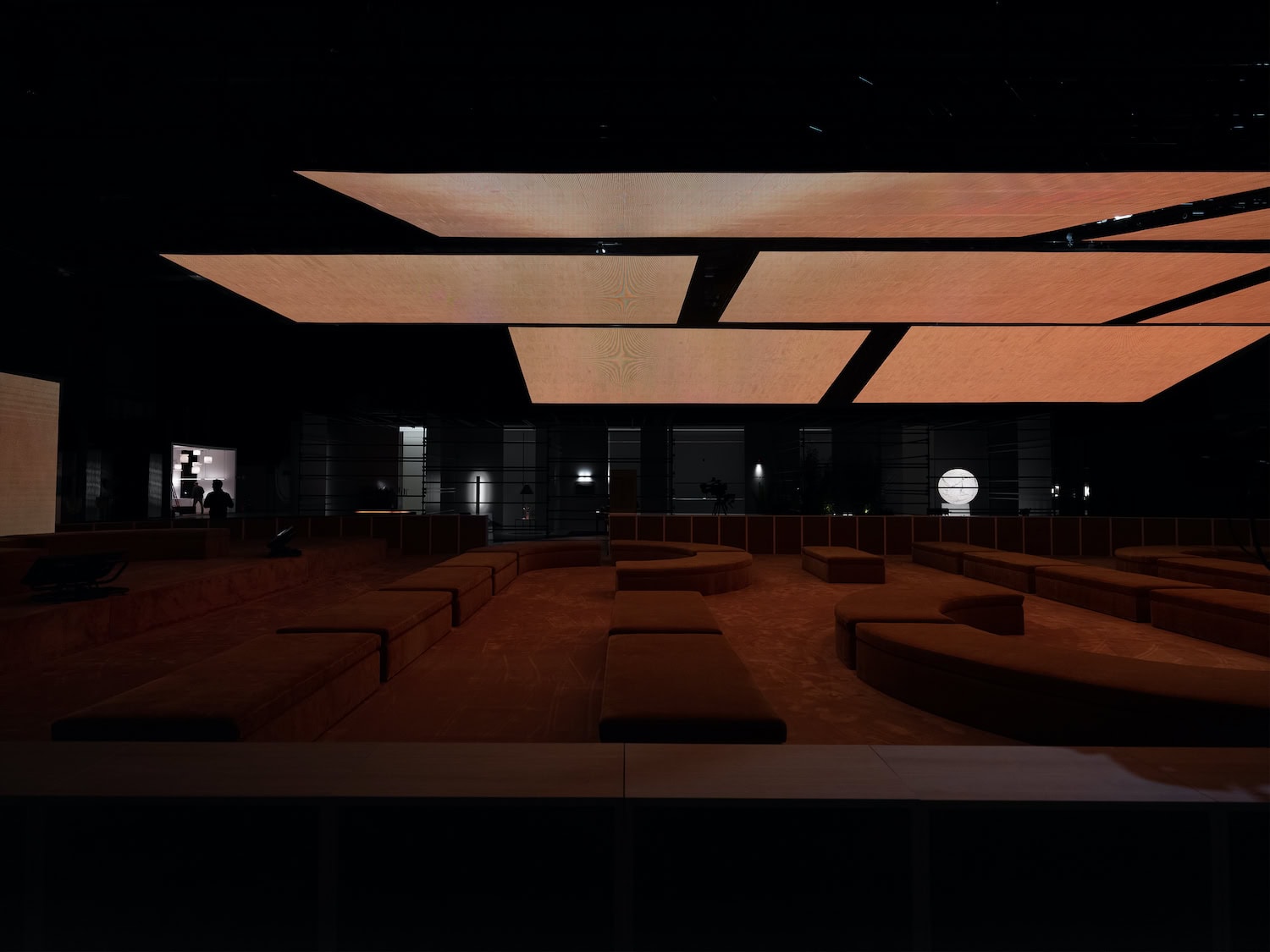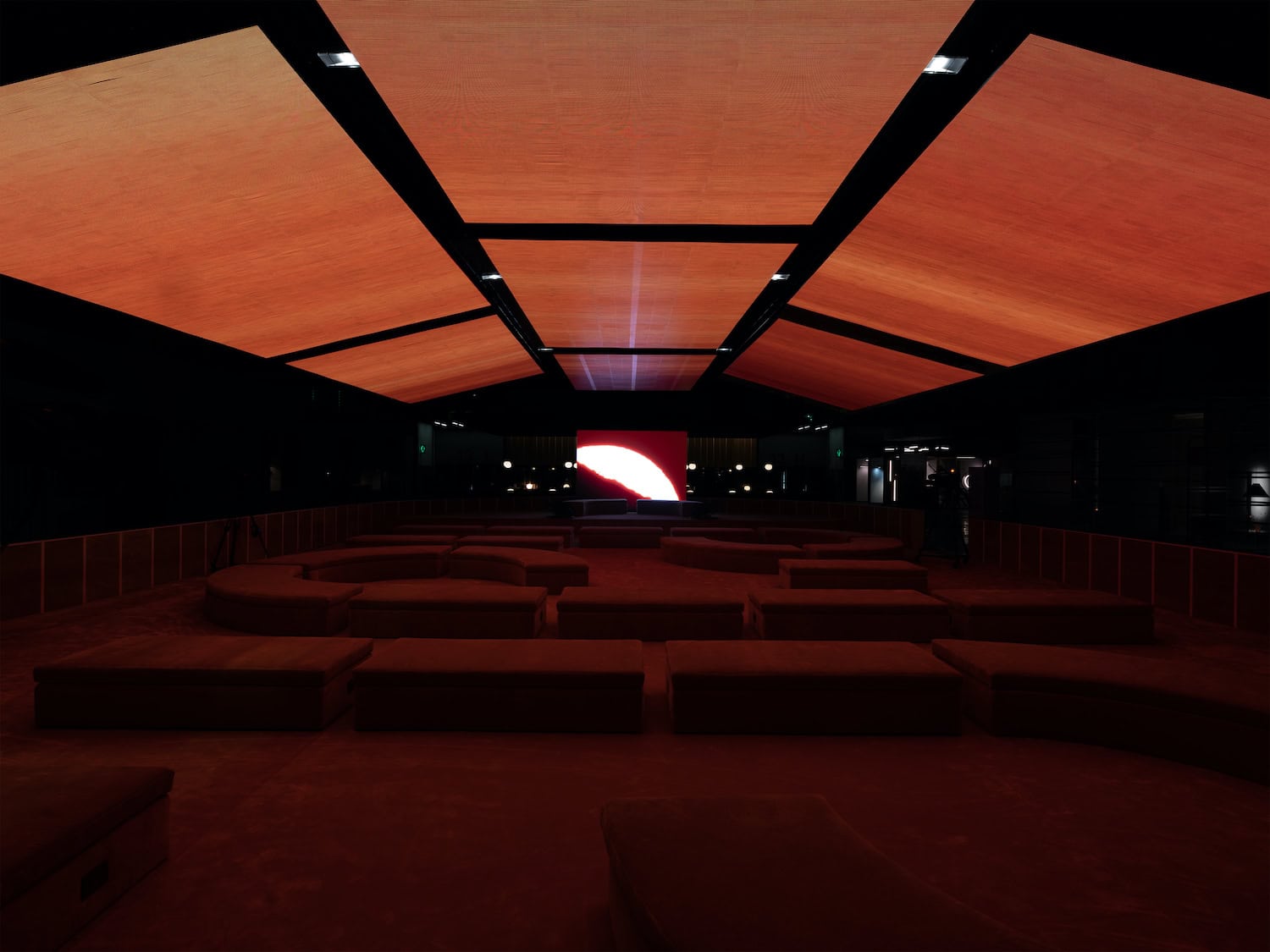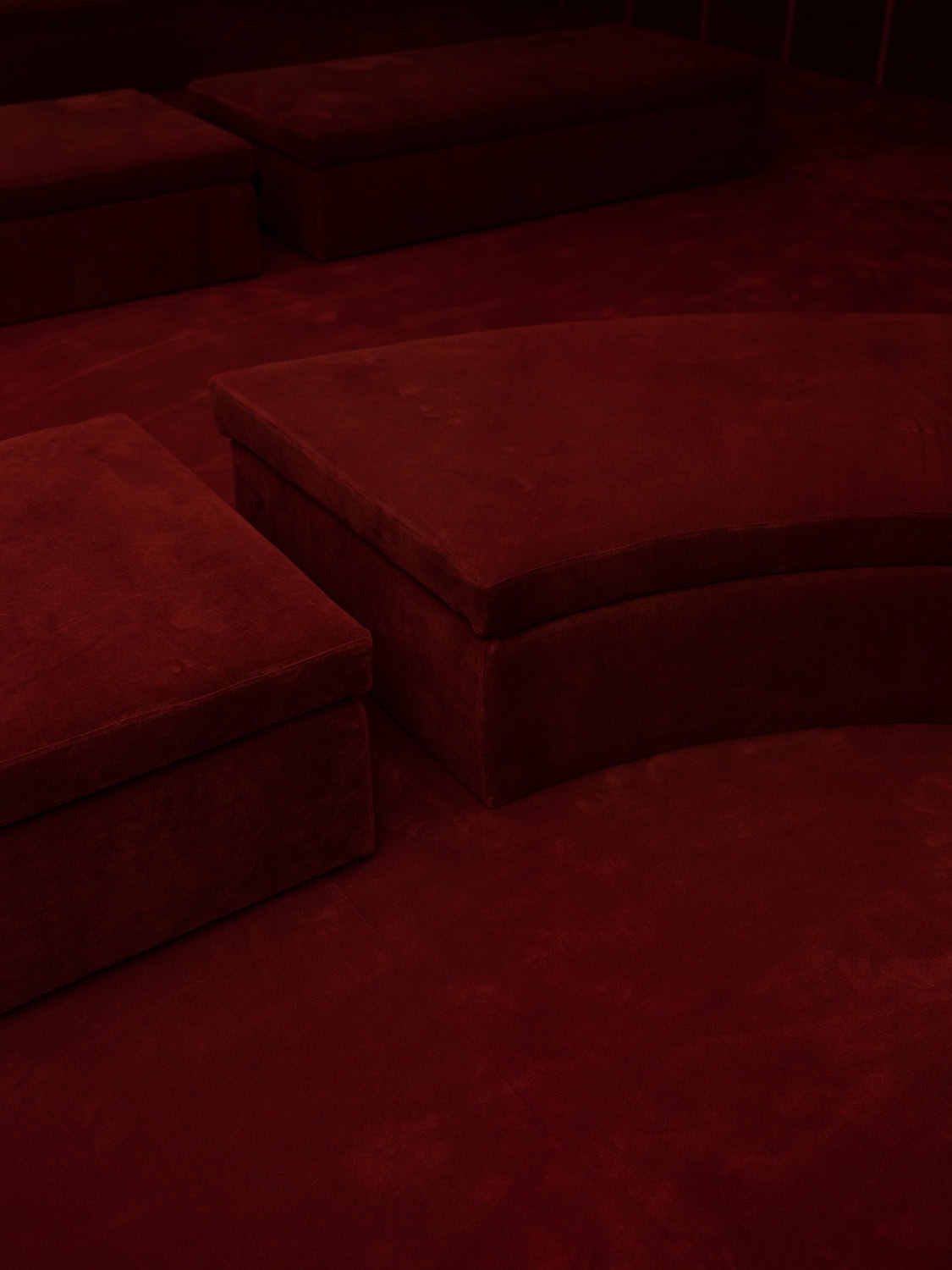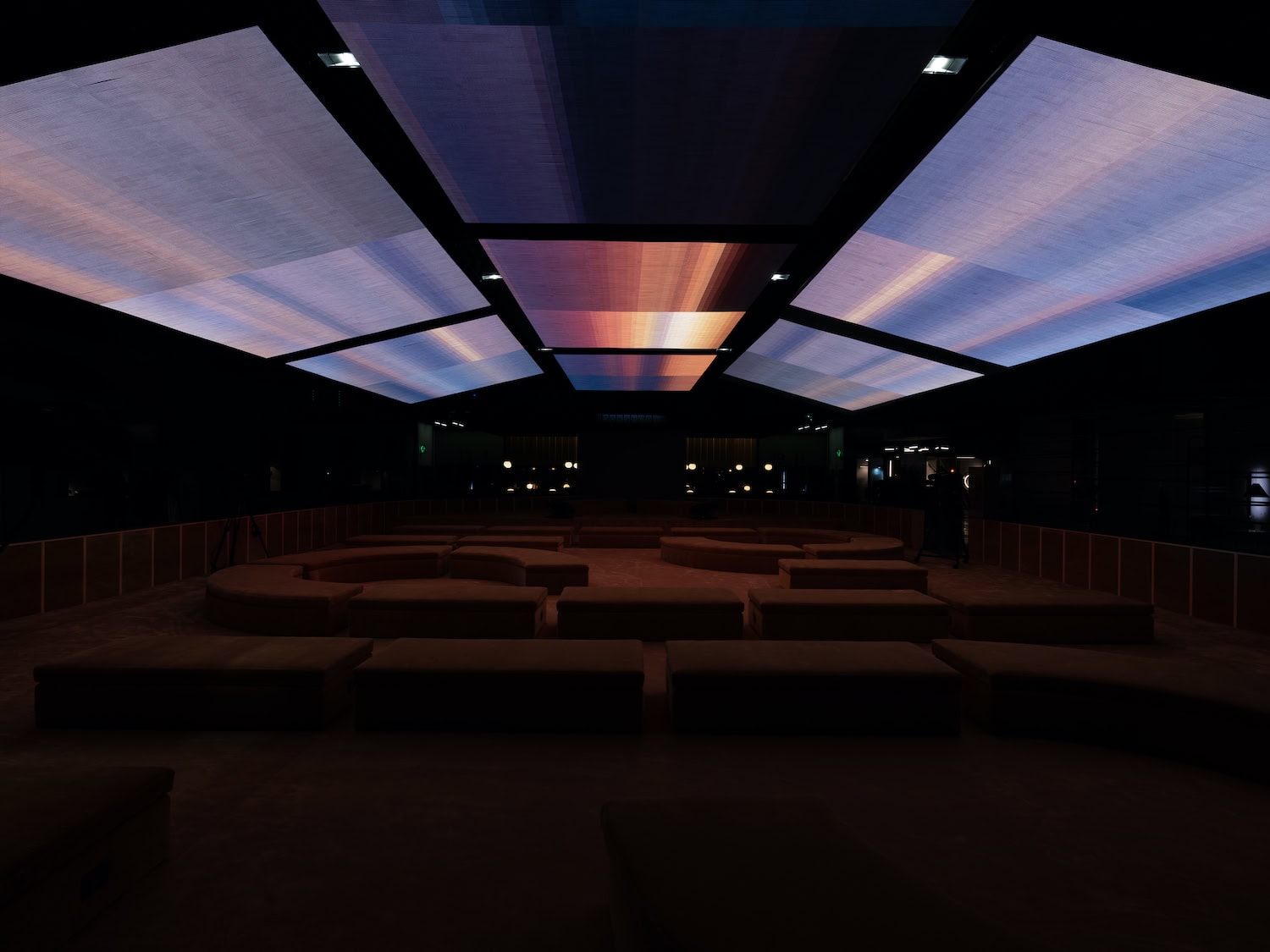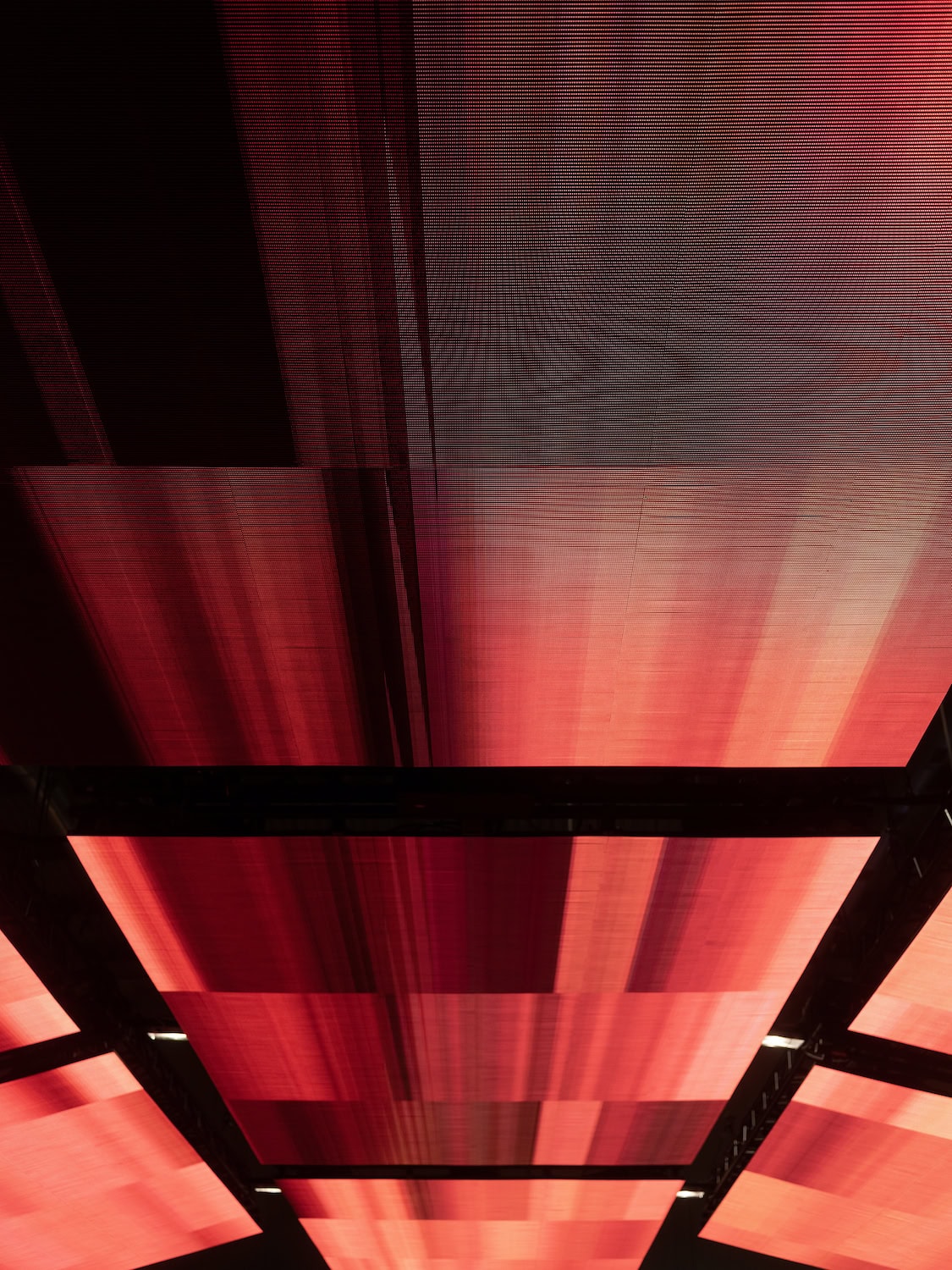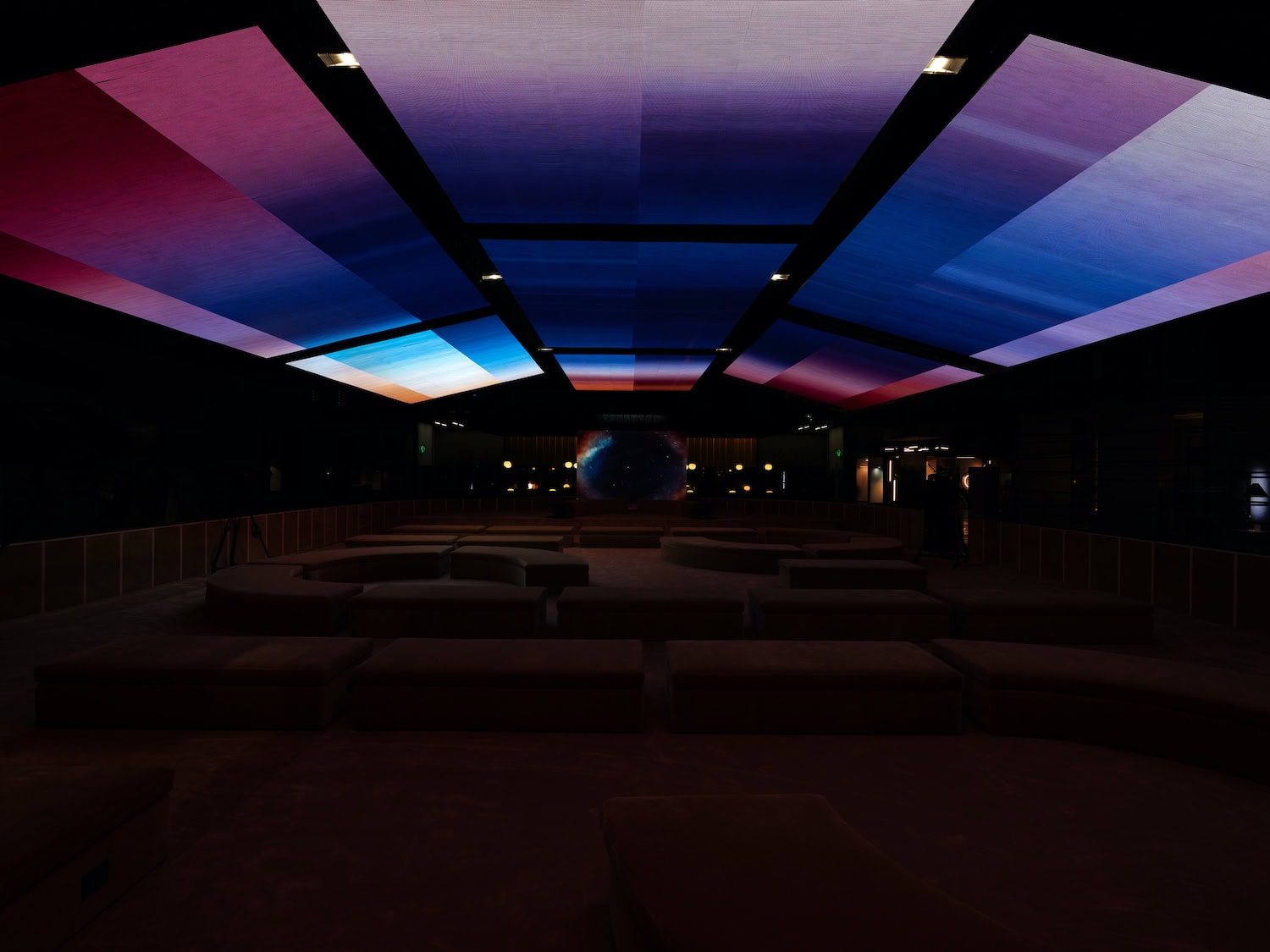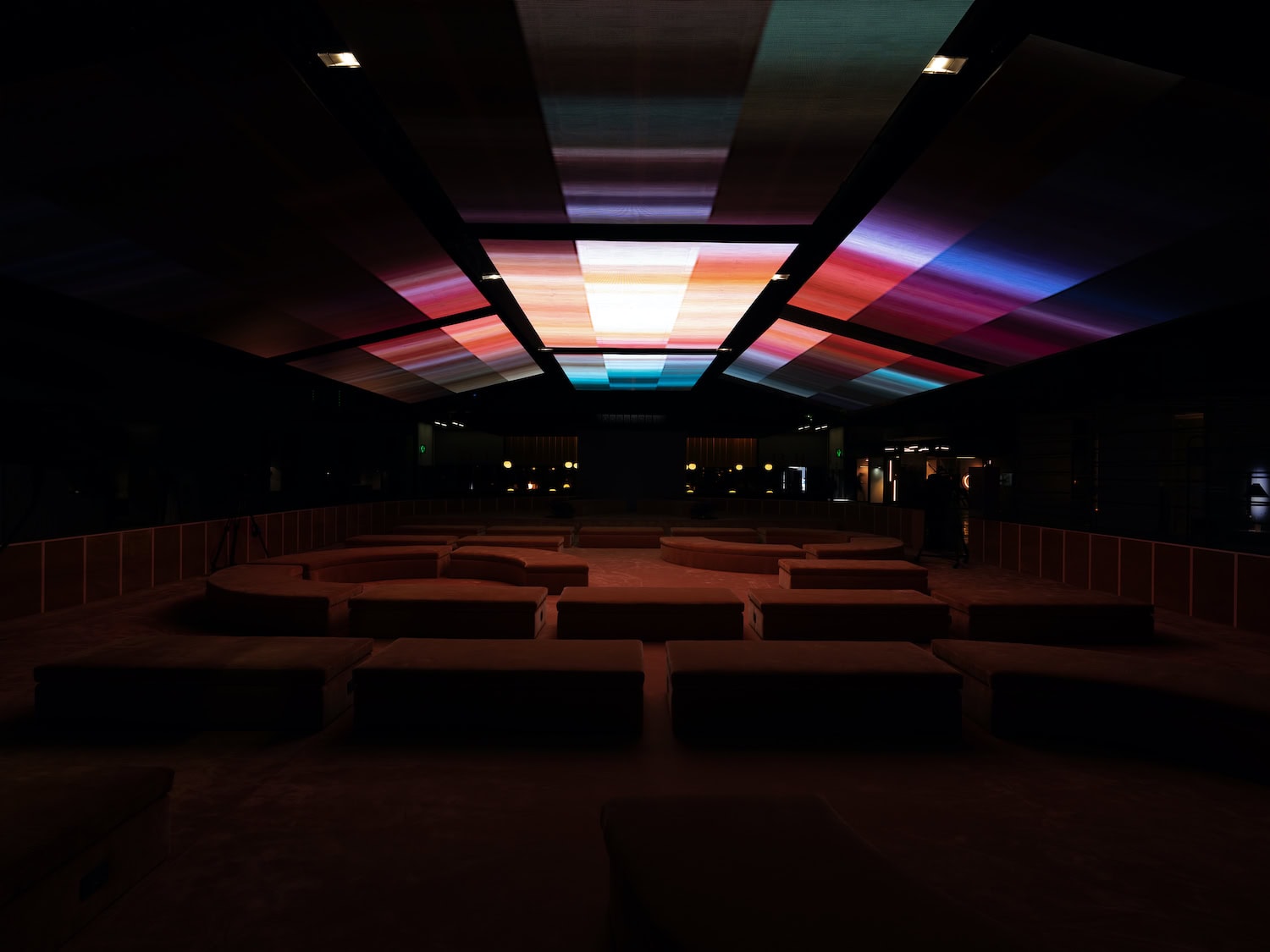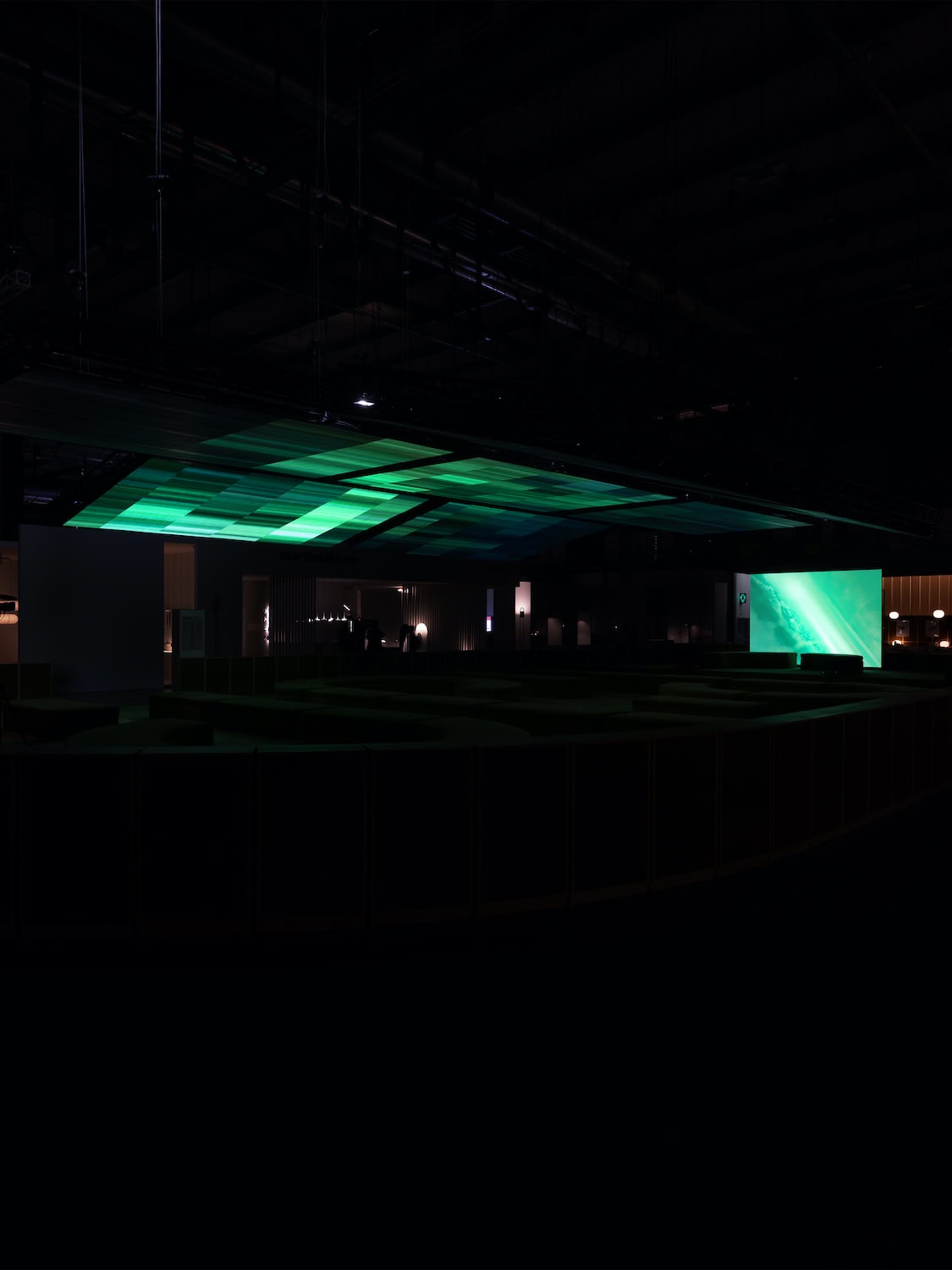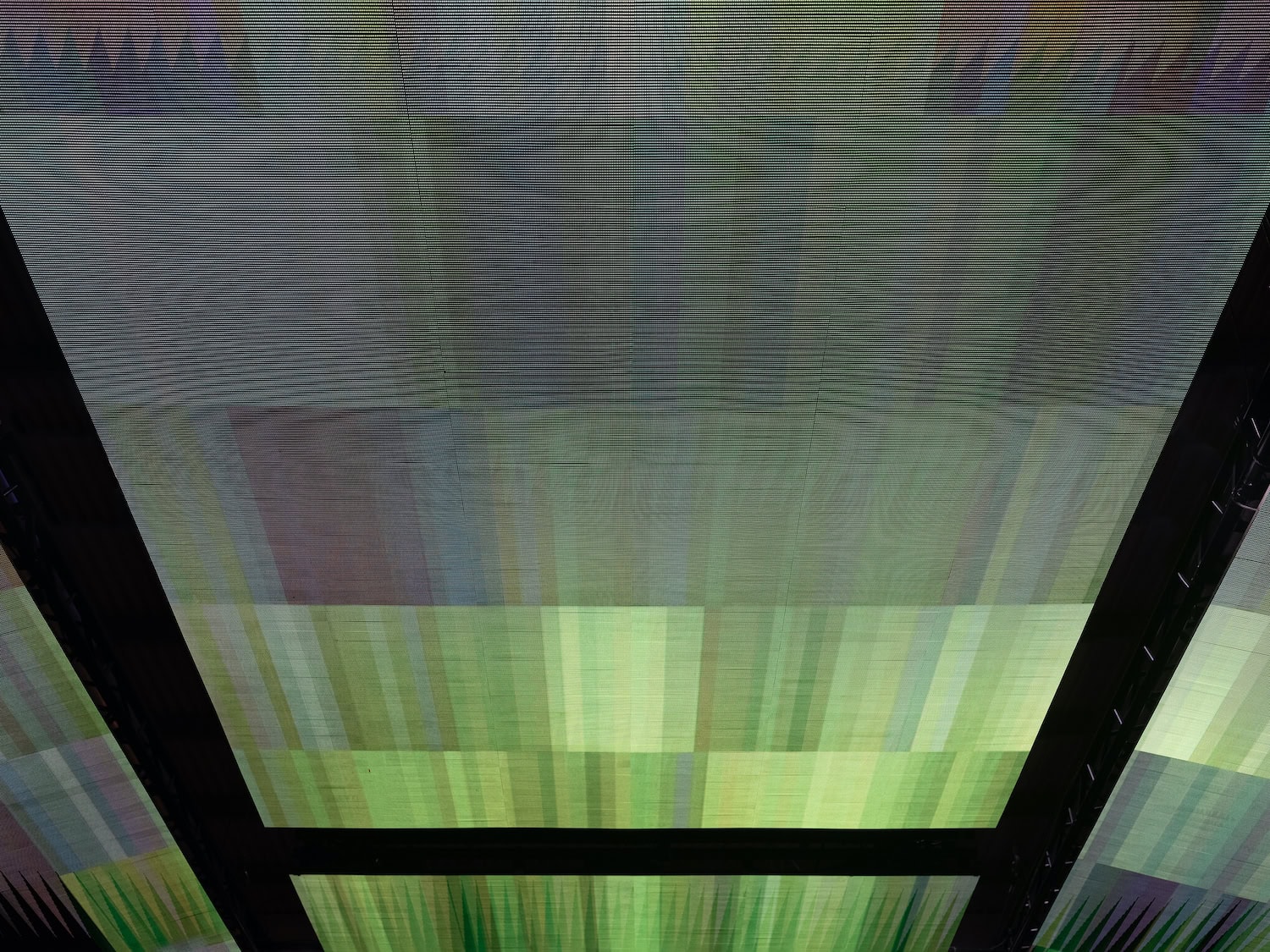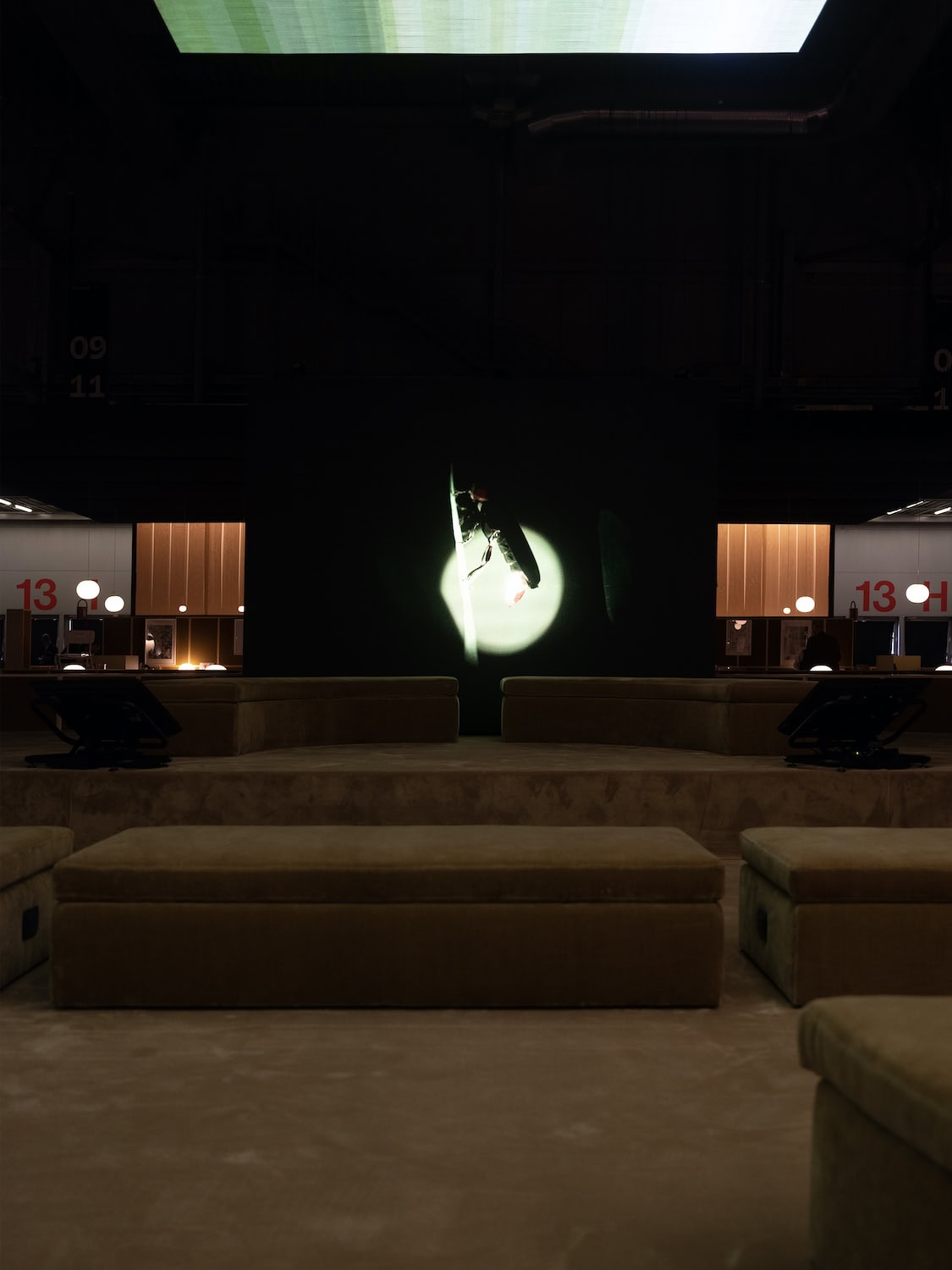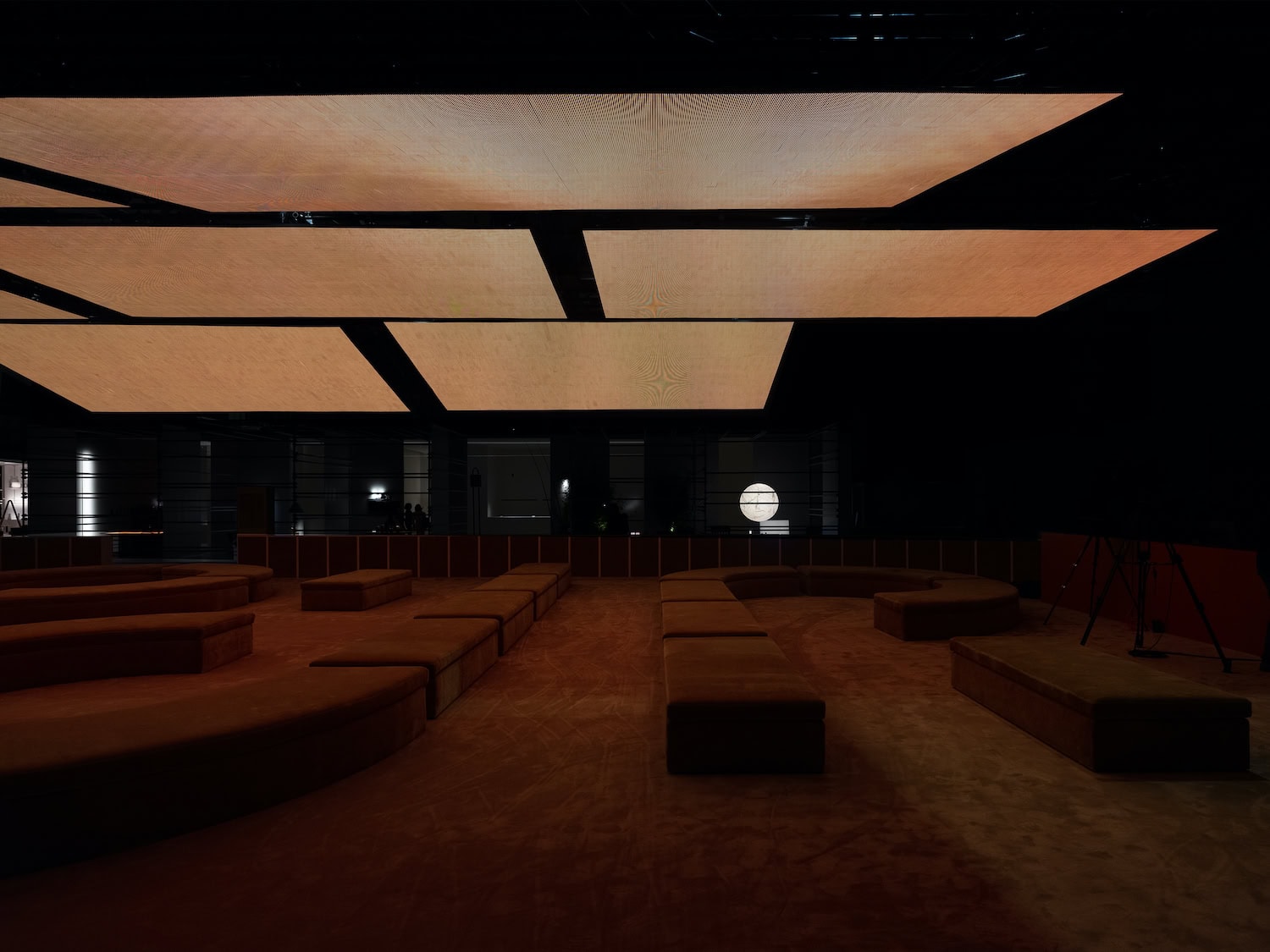Everything is born of this incandescence. Regardless of a thing’s color, smell, or shape—regardless of whether it’s marble or clay, milk or rain, wind or clouds in the sky—everything the eye can see is simply an emanation of this same light, which makes sight possible. At the beginning of time, this incandescence created every element that gave shape to every thing on Earth. Objects and events are merely the slowed-down, cooled-off forms of this incandescence, which allow themselves to be illuminated, touched, and moved by this same light. It’s not limited to the sun alone, nor to the collection of planets that court it and are the remnants of its birth. The entire cosmos is nothing other than the emanation and dissipation of starlight. All celestial matter is the elusive vitality of a light that may cool off, but will never disappear completely. Every day, cosmic light, sunlight, returns to earth, inundating it from afar. Some forms of life on earth have developed the ability to capture this light, storing it in the form of chemical bonds in the earth’s mineral flesh. In this way, this energy becomes available to all other living species. Photosynthesis, the name we give to this process, thus strangely “celestializes” the earth, as our planet fills itself with sunlight and with an extraterrestrial form of energy. All animals seek this light; eating is nothing more than a secret tracking of this alien fluid, as it runs from body to body, species to species, kingdom to kingdom. Each and every human gesture and thought is sustained by this extraterrestrial life. Light makes us aliens, intrinsically extraterrestrial beings. Everything depends on this light. We need it so badly that some forms of life have tried to incarnate a kind of portable sun in their very bodies; they make light into an individual organ. Bioluminescence is a living thing’s imitation of the sun, their effort to redouble it up to the point that it’s indiscernible from the very bodies of animals and plants. Life is always the effort to become sunshine for everyone else.
Humans have preferred to take possession of this light without truly internalizing it. And in fact, a specific type of light is both the source of each technology and the shape taken by it: fire, domesticated hundreds of thousands of years ago. The verb “domesticated” makes it clear: through this process light entered into our homes, indeed became our home. Fire is what has allowed us to live anywhere. It’s what has allowed us to transform each substance and each situation in our image. It’s an entirely terrestrial sun, one that confers an astral quality to whoever makes use of it. We are attracted by light in another sense, too. If all things arise from the sun and all things are touched again by the sun—if each and every thing is light from light and light on light—what we call “spirit” or “mind” may perhaps be just the particular shape that each face, and each life, gives to this communal, universal light. Every time we look at someone’s face we try to discern this light. And a portrait, therefore, is nothing other than the effort to capture the specific timbre or tone each life gives it. Light is also the tension that both unites and separates the sky from the ground, the clouds from the earth. Lightning is light become meteor, the elusive and unpredictable outline of a trajectory that seems to erase itself the very moment it takes shape in the sky.
In our homes, fire per se no longer exists—it’s been captured in a lament of tungsten suspended inside a glass bulb. Lightbulbs have brought light everywhere, at all times. They’re artificial, technological suns, which make built environments “flooded with sunlight.” They’re completely tame domestic suns. This domesticated artificial light is now everywhere: not just in our lighting fixtures, computer screens, headlights, and streetlamps. Our society is obsessed with light. We have erased nighttime; we have obliterated sleep. Our society of light has seceded from any physiological dependence on the sun. Light is now everywhere, in every moment—and perhaps, for this reason, nowhere. The politics of light has not only mixed up day and night; it has also transformed the whole planet into an enormous city where work never ends. The city never dies because it has privatized the sun and brought it to earth. We will never again stop working. As children of the sun, we are addicted to electric light. In the global city, light accompanies and animates the most disparate objects and technologies. One could justly say that every technological revolution, from the discovery and domestication of fire up until today, is at bottom a new way of making light exist in the world. The vitality of light is always behind the power of a technological artifact, and vice-versa, every technological invention is a way of giving light new life among us. In the global city, we put light to the most disparate uses, from making plants grow to illuminating animals in their pens. There’s nothing necessarily perverse in this practice; every species tries to be another friendly sun. And yet, if giving light is just the expression of the will to power, the risk is that the desire to become the sun for all other species will morph into the experience of losing one’s own freedom.
In January 1925, the largest producers and sellers of electric lightbulbs created an oligopoly, founding the syndicate known as the Phoebus cartel, named after the Swiss joint-stock company. The producers included Osram, General Electric, Associated Electrical Industries, and Philips. Their goal was to control the market via the planned obsolescence of lightbulbs. The lifespan of these objects was designed to burn out before their materials did. Since then, light has been the object of a global plan for early extinction. As humans, we need to turn out the lights. We need darkness. But this does not mean we have the right to make the light that passes through us feeble and deadly.
